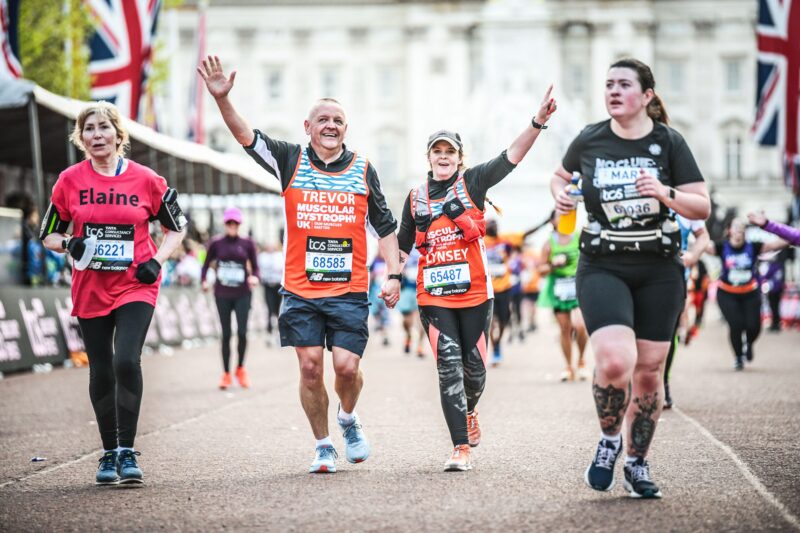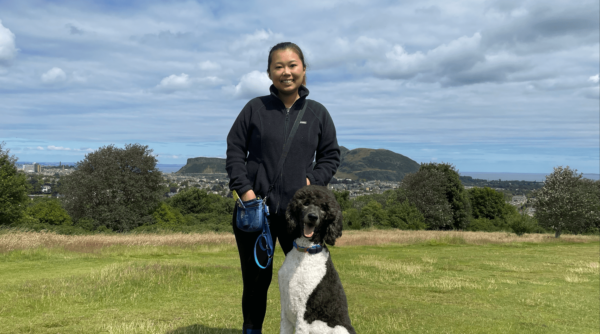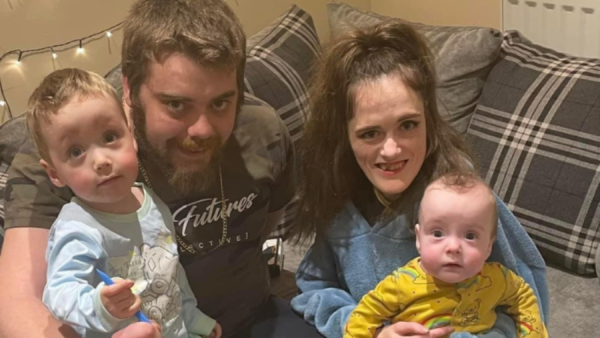Symptoms usually show in childhood but could show at any time from birth through to adulthood. In childhood, symptoms include low muscle tone or floppiness (hypotonia), bendy joints (hypermobility), muscle weakness, and delays in reaching motor milestones such as sitting unaided or walking. The severity and progression of symptoms can vary for each person.
Muscle weakness
People affected have low muscle tone (hypotonia) and mild muscle weakness and wasting, particularly in the muscles near the centre of the body such as the hips and shoulders. This can make it difficult to lift the arms above the head, stand up from a seated position, and climb stairs. Many people also experience poor stamina and fatigue easily.
Weakness is expected to be slowly progressive. Some people may need to use mobility aids or a wheelchair in their mid to late adulthood, depending on how their condition changes over time.
Joints and spine
People with Bethlem myopathy may be born with, or later develop, significant stiffness in their joints. This is known as contractures, where the tendons in the muscle tighten up and limit the range of movement. This typically affects the wrists, fingers, elbows, and Achilles tendons, and can make fine motor skills (coordination of small muscles in the fingers and hands for activities like brushing your teeth) challenging. Stiffness of the spine and scoliosis (curvature of the spine) can also develop over the years.
Skin abnormalities
Cuts and injuries to the skin may heal slowly and leave thick, raised scars called keloid scars. These scars can happen after surgical procedures, injuries, or pressure sores caused by prolonged immobility. The skin on the arms and legs may also feel rough or bumpy (hyperkeratosis pilaris). This happens because the skin contains collagen VI. Taking steps to prevent injuries and skin damage where possible is important.
Respiratory
Breathing problems can occur because of weakness in the respiratory muscles (including the diaphragm) in combination with a stiff chest wall. Problems can begin from an early age, despite reasonably good mobility. Regular monitoring of chest problems, like frequent chest infections, and of breathing problems during sleep (shallow or altered breathing at night) is important. Overnight breathing problems may result in symptoms of daytime sleepiness, morning headaches, poor appetite, and weight loss. The presence of these symptoms should be reviewed promptly by a doctor.



